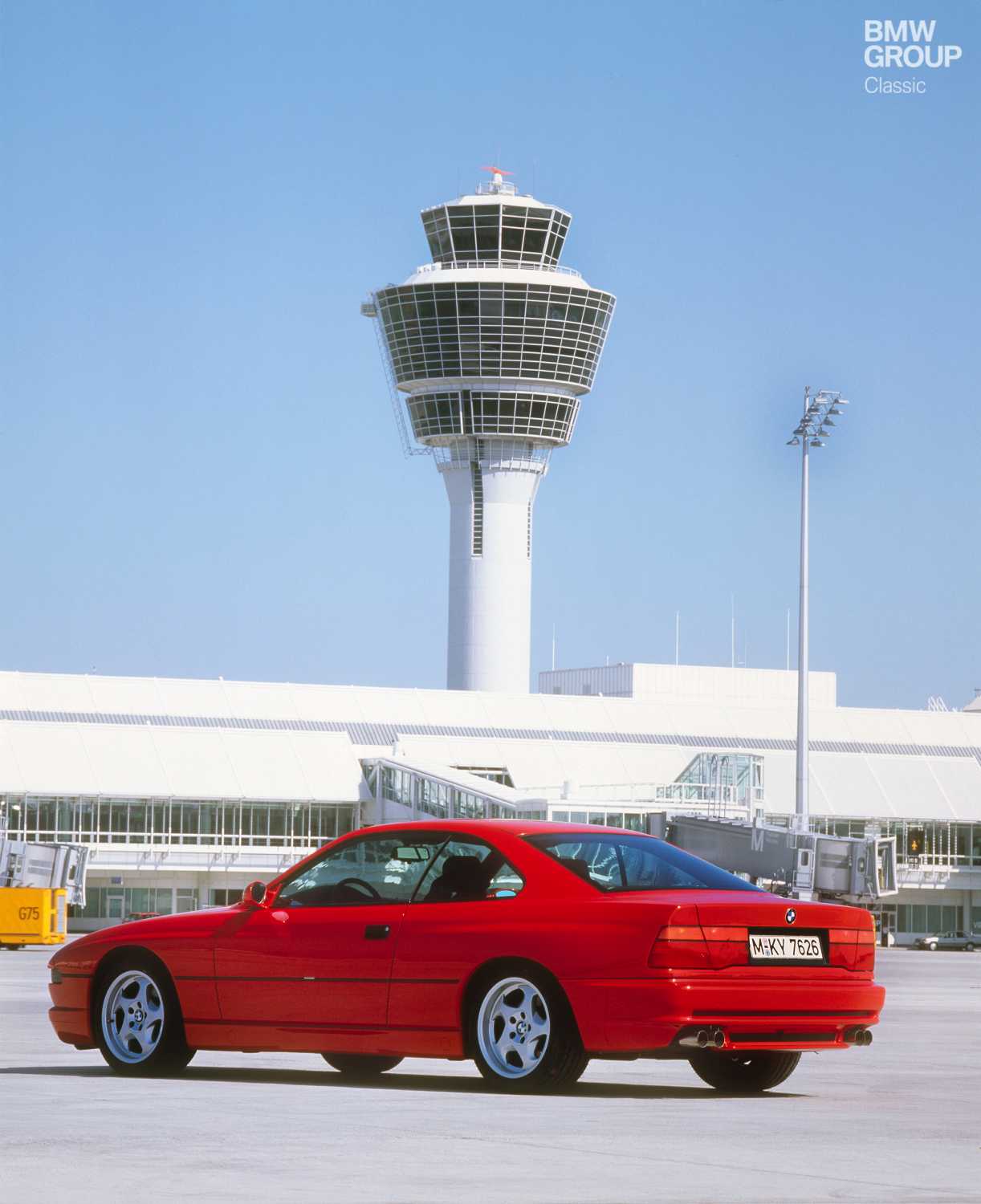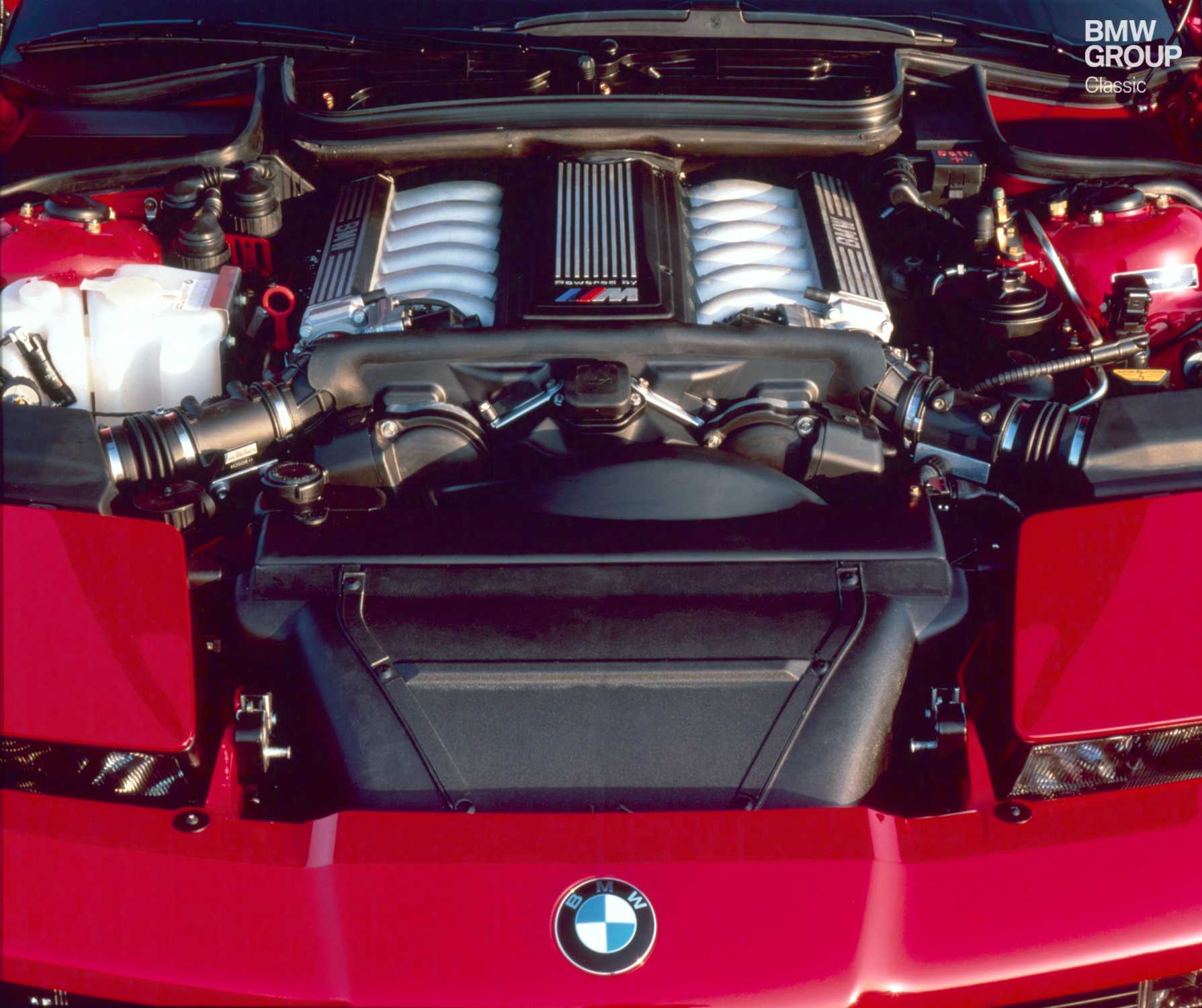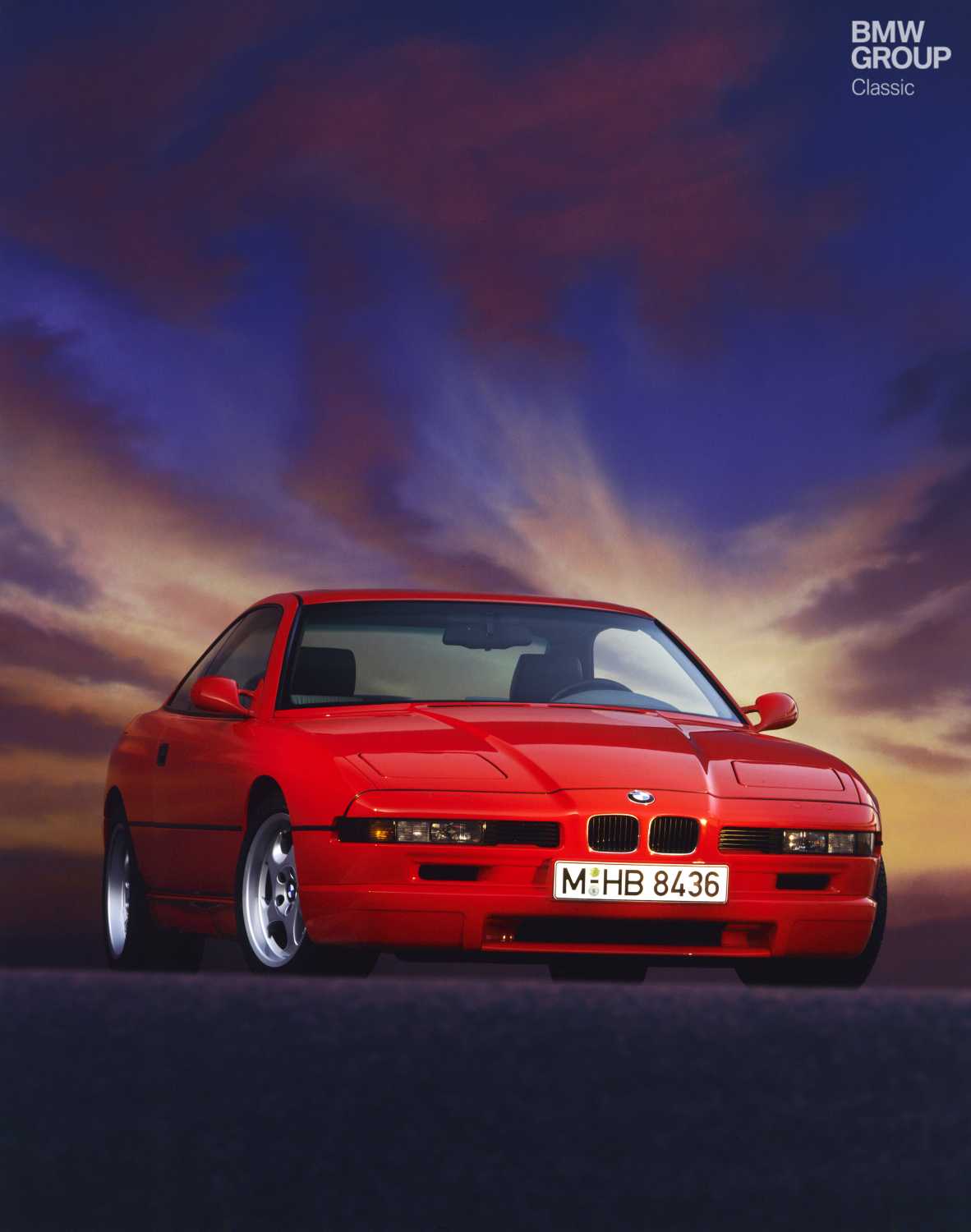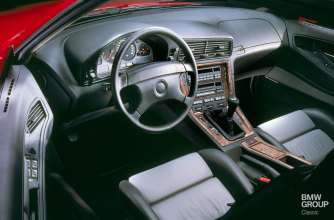The number 12 means many things to many people. For an engine builder, it is the zenith of their trade. Where four cylinders are the stock solution, six cylinders denote ambition and eight cylinders scream rather than merely voice a driver’s priorities, a 12-cylinder engine scales rarefied and seldom experienced heights of performance and smoothness. The BMW 850CSi is the finest machine in BMW’s class of 1992, its extraordinary V12 powerplant now the stuff of legend.
Reassuringly sophisticated.
Engines at this end of the scale are major projects. 12 cylinders mean 12 pistons, which mean 24 valves. A large collection of moving parts are required to work together with extreme precision. But why go to all that trouble when an eight-, a six- or even a vigorously blown four-cylinder unit can deliver the same power? The answer can be found in those plentiful pistons; the large number of combustion chambers iron out the heavy vibrations and oscillations unavoidable in any reciprocating piston engine. Nothing else will run with the silken, ultra-refined and creamy smoothness of a nicely-built 12-cylinder. At this end of the spectrum, it’s not an engine’s raw power that counts but the cosseting splendour of the driving experience it underpins.
The art of gran turismo.
The best coupes bring together luxury and style; like works of architecture or art, they in effect provide a commentary on their owners. Such cars are not afraid to trade a measure of practicality for extra freedom of design. It was Klaus Kapitza, working under the stewardship of BMW chief designer Claus Luthe, who sketched the exterior of the delectable two-door boasting a front end teasingly reminiscent of the M1. With its suggestion of wheel arch extensions and pop-up headlights, the BMW 850CSi remains a smart and extremely muscular sight to this day. Sophisticated details like the fully retractable side windows (note the absence of B-pillars) and safety belts integrated into the seats are among the car’s distinguishing features. They are joined by a wealth of cutting-edge electronics and benchmark build quality. The 850CSi was more small-scale labour of love than volume-produced commercial exercise; it summed up the promise made by BMW to its customers and its ability to deliver the substance behind the headlines.
State of the art.
The BMW 850CSi was introduced in 1992. The new flagship of the three-year-old 8 Series range extracted 380 hp from its 5.6-litre displacement and developed 550 Nm of torque. A 0 – 100 km/h [62 mph] time of 5.7 seconds (0 to 200 km/h [124 mph]: just under 20 sec.) made it the fastest 8 Series model money could buy. Top speed was pinned to 250 km/h [155 mph] as the engine channelled its power through the crisp-shifting six-speed gearbox.
The road testers of the day were duly impressed. As Wolfgang König wrote in the 3/93 issue of German car magazine auto motor und sport, the 850CSi was “clearly in a league of its own” and “enters the echelons of genuinely world-class sports cars”. Comparing the BMW alongside two other well renowned 12-cylinder coupes, it’s verdict was unambiguous: “Our hot tip out of this 12-cylinder trio is the BMW 850CSi”.
1,510 units of the car were built at the factory in Dingolfing, Bavaria between 1992 and 1996. By comparison, over 20,000 examples of the 850i/850Ci rolled off the production line. The CSi was, after all, the range-topping model, a status reflected in its price and subsequent scarcity.
8 Series army
BMW Celebration Day in August 2016 was attended by a surprising number of E31 8 Series cars, proof of the high regard in which the handsome coupe continues to be held. The BMW Club E31 (www.clube31.de) encompasses a dedicated community of died-in-the-wool fans and now has 450 members.
Some examples of the 8 Series have in excess of 200,000 – 300,000 kilometres [124,000 – 186,000 miles] on the clock, and owners will tell you that it’s possible to run a cherished 850i on quite a reasonable annual budget. Not that you’d ever call it cheap, of course. Club president Ralf Pusch advises drivers who have had their head turned by one of the relatively large number of 850is still in circulation to consult an expert before buying. That’s one of the reasons why the club was founded – to share experiences and help out fellow enthusiasts.
Even in the company of its 8 Series siblings, the 850CSi occupies a space very much its own. For starters, just try finding an eligible one for sale; the low production figure means rarity is a given. Sometimes it really is lonely at the top.




